
The 2000 US election between George W Bush, left, and Al Gore ended in the Supreme Court
Credit: AP Photo/Ed Reinke
The 2000 US presidential election was one of the closest and most controversial in modern American history, with the result in the balance for weeks and ending in the Supreme Court.
While this year’s polls do not suggest a race on a knife-edge, Donald Trump’s prediction that it too will end up contested in America’s top court has people looking back at 2000.
The huge surge in mail-in ballots being used this year due to the pandemic has some state officials warning their results may not be called for days, with legal challenges likely.
So what lessons can be learned from the fallout 20 years ago that could be relevant as America braces itself for a potentially chaotic few days after Tuesday?
1) Media calls matter
In the 2000 election the battle between Democratic nominee Al Gore, the US vice president at the time, and the Republican choice George W Bush all ultimately came down to Florida.
On the night, the cable news channels — which are in fierce competition for eyeballs and boosted brand perception at elections — called Florida for Mr Gore, putting victory in his grasp.

An election worker sorts vote-by-mail ballots in Miami-Dade County, Florida
Credit: AP Photo/Lynne Sladky
But then, as the count continued, they back-tracked. Things were looking closer than expected. The state was returned to ‘too close to call’. Then it was called for Mr Bush.
“What the networks giveth, the networks taketh away”, NBC’s anchor Tom Brokaw said famously live on air. This time round networks are expected to play it conservative, wary of causing chaos with calls.
2) Campaign must control the narrative
When the networks called Florida for Mr Bush, Mr Gore telephoned his rival to concede. The news broke and focus turned to the cameras awaiting Mr Gore’s concession speech.
But behind the scenes the Gore campaign in Florida was going ballistic. They believed the networks had jumped the gun by giving the state to Mr Bush before the count was complete.
So the cameras waited. And waited. And waited. Mr Gore did not give the speech as his Florida team got their message to him. And then he called Mr Bush again — to withdraw his concession.
The yes-no concession set the narrative as Mr Gore being a defeated candidate trying to claw back a victory. He was dubbed a sore loser. The framing stuck throughout the court battle to come.
It explains why Hillary Clinton, to much criticism, has cautioned today’s Democratic nominee Joe Biden against conceding given the likelihood of legal challenges.
3) What makes a vote?
It is a seductively simple question. Just ticking a box, right? Not quite. In America there are a myriad of different ballots for different parts of the country, making voters do different things.
In the 2000 election, once counting was over, Mr Bush had won Florida by just a few hundred votes. Immediately focus fell on votes that were chucked out or potentially cast incorrectly.
Much focus fell on chads, the paper circles that are punched out of a ballot to mark a vote. Many ballots were voided when the full paper circle was not fully removed.
So when should that vote be counted? If the chad was mainly removed but hanging by a thread, so-called ‘hanging chads’? Or if the chad is not removed but there is a clear impression made by force on the paper, a ‘dimpled chad’?
It is questions like these that the 2000 result rested on — and could again in a very close race.
4) The power of local election officials
One of the idiosyncrasies of US elections is that rules are decided for the most part not at the national level but at the state or even the county level.
In 2000, the Gore campaign demanded recounts in just a small number of Florida counties. That meant that the relevant local boards were in charge of the vote checks.
As explained above, the issue became what counted as a vote. And it was local election officials, not some US-wide governing body, that was making the decisions.
There were countless critical choices to be made. How many votes should they count? How quickly? How should they decide what was a vote? Keep an old standard or adopt a new one?
If 2000 does get replayed in some form in 2020, then in all likelihood focus will fall on a handful of little-known election officials who suddenly have a large amount of power.
5) The Supreme Court reigns
The 2000 battle ended up in the Supreme Court. The Bush team’s attempt to stop the recounts rose up from a local court to the Florida state court to the Supreme Court.
The Supreme Court justices eventually voted by 5 to 4 to stop the recount, with all five justices approving that move having been appointed by Republican presidents.

The Supreme Court in Washington, DC
Credit: KAREN BLEIER / AFP
Should the result hang in the balance this cycle then once again it is likely that the Supreme Court will weigh in on whatever is the critical legal challenge.
And with Mr Trump filling three seats on the nine-person Supreme Court during his first term, there is now a conservative majority of six justices to three.
6) It ends when someone gives up
The Supreme Court decision came a little over a month after election day. But, ultimately, that did not inevitably end the saga about the result.
Mr Gore could have continued to challenge the result in other ways — refusing to accept the decision and taking his case to the people somehow, trying to get inaugurated.
But he did not. He conceded — against the pleas of a few of his aides — announcing he had called Mr Bush and joking that this time he would not be taking it back.
The same would be true in 2020 if there is a legal challenge. One side will need to concede for the race to be put to bed. This time round, that is not a forgone conclusion.

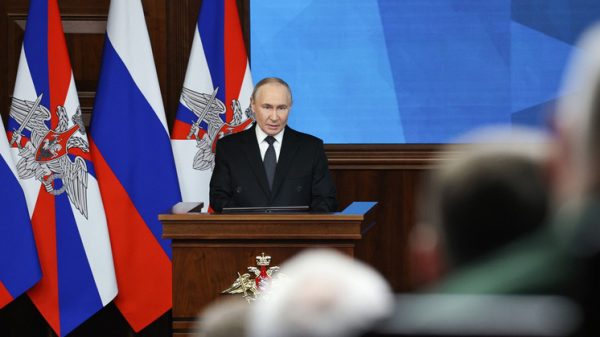
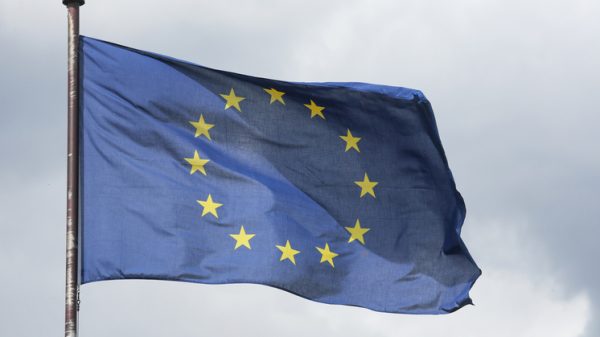

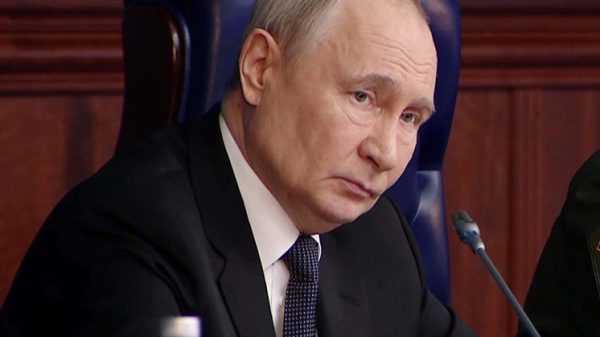
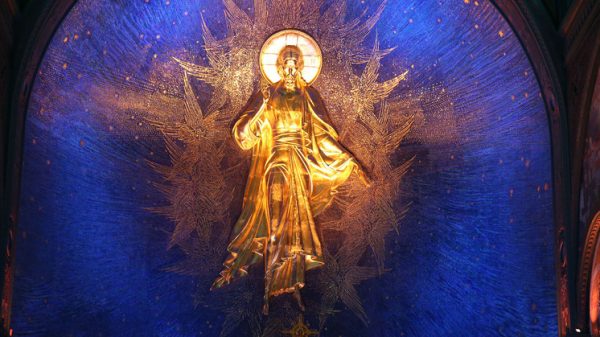


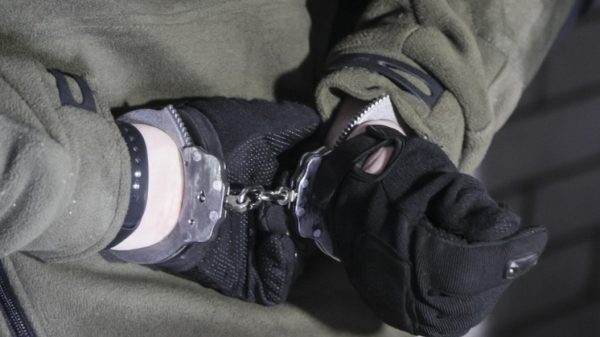
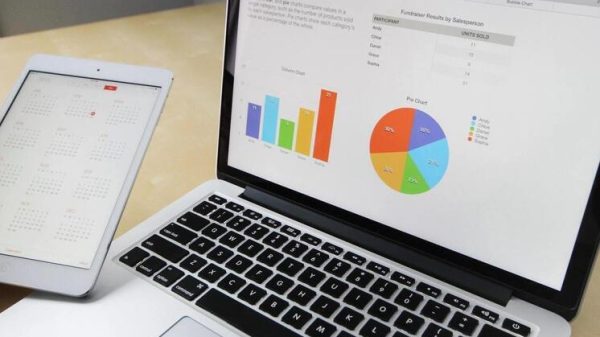
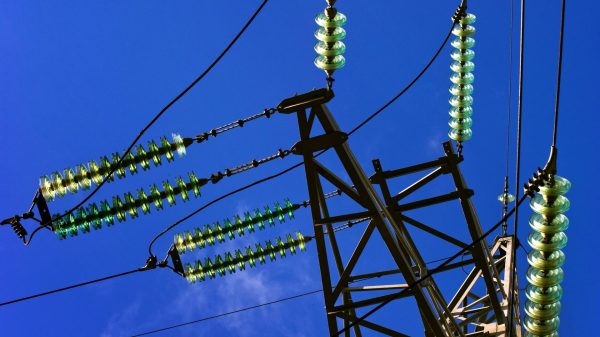
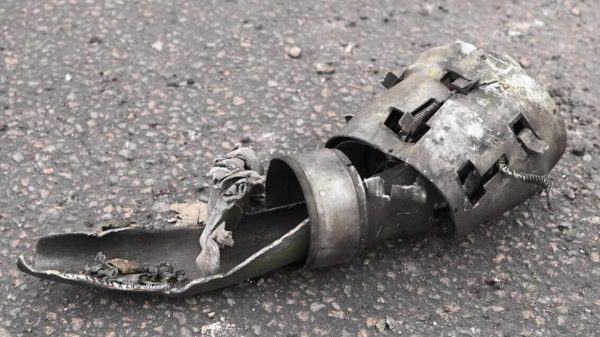

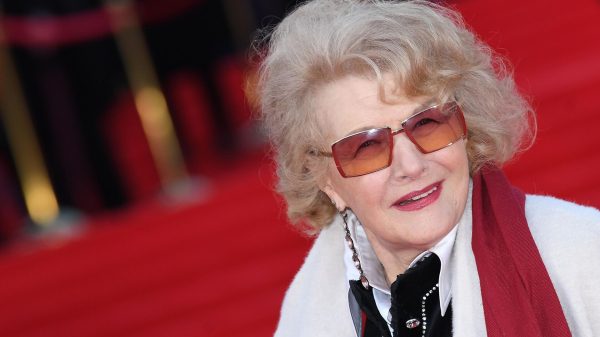
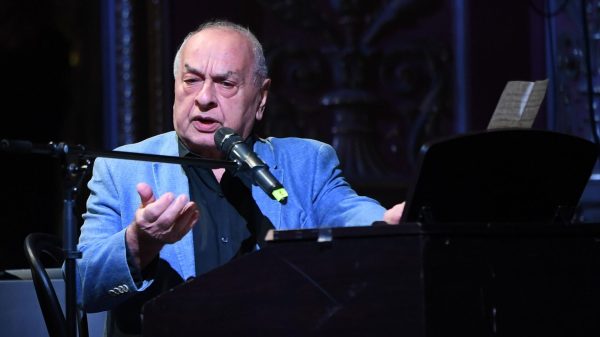

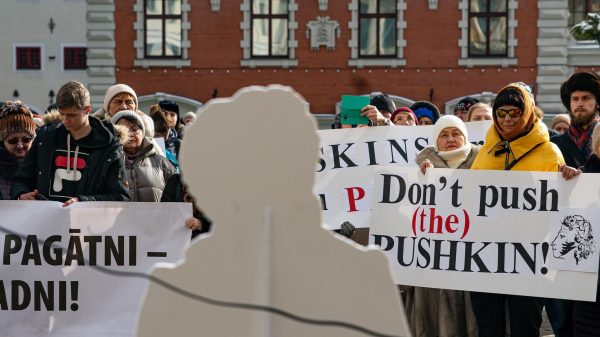
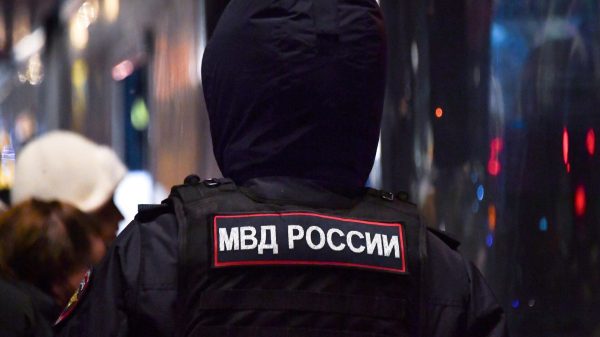
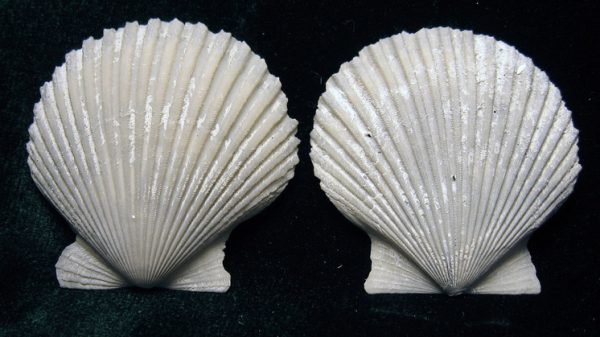


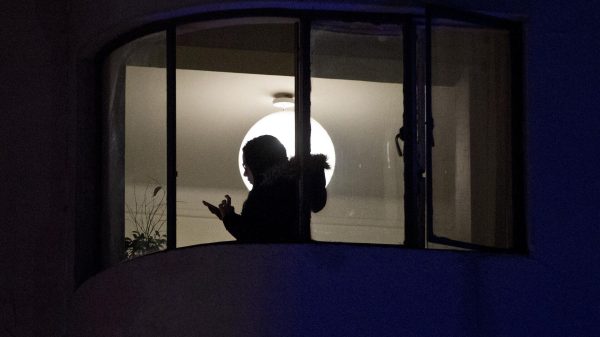





























Свежие комментарии